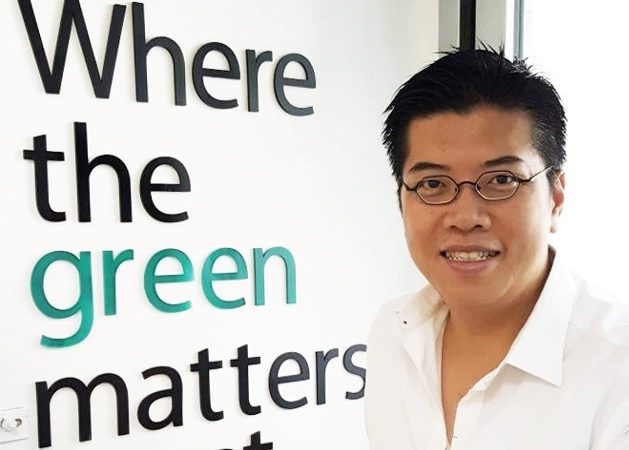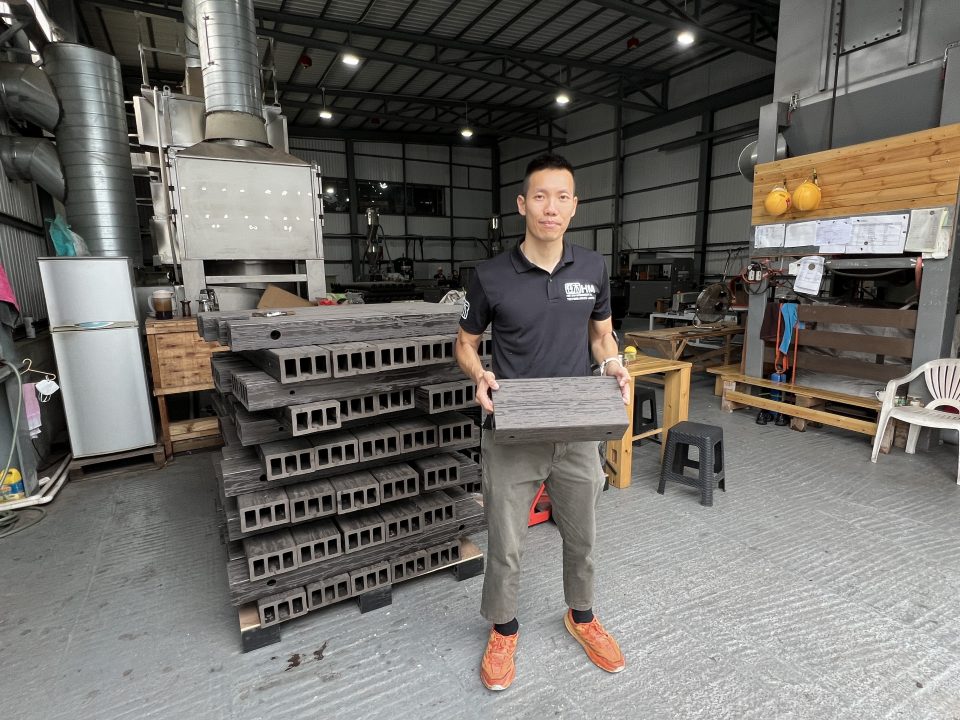
V Visionary: Reforming the Fashion Industry from Materials to Values
March 6, 2023
Sze Wo Chaan: Fueling Up Sustainable Development with Innovation & Passion
October 20, 2023Tony Ip Green Architect Limited: Building Community and Corporate Culture through Green Architecture
“There is no green architecture, only architecture for green living”. This is the motto that architect Tony Ip has always insisted on. In his opinion, green architecture is not only about addressing ventilation and aesthetics needs, but it also fosters a sense of community. As architectural design rapidly evolves, the trend towards net zero emissions has made green architecture the way of the future. Today, we are delighted to have Tony Ip, the founder of Tony Ip Green Architect Limited (TiP), to share his insights on running a successful SME with us.
| Tony Ip Green Architect Limited (TiP) was founded in 2017 with a primary focus on architectural, interior, and urban design projects. Additionally, they offer consulting services to non-governmental organisations (NGOs) and schools. TiP currently has a team of 16 employees who are qualified professionals in the fields of architecture, landscape architecture, and architectural conservation. The company has always been devoted to promoting green architecture in Hong Kong and adopted an operation model based on SDG 9 “Industry, innovation and infrastructure”, SDG 11 “Sustainable cities and communities”, SDG 12 “Responsible consumption and production” and SDG 13 “climate action”, aiming for sustainable development. |
Recognising its market position, gaining reputation through collaboration with NGOs
[Customer Supplier Relationship]
For the time being, green architecture was far from mainstream. So how could TiP expand their customer base and hold a sturdy stance in the market? The clue is to take the initiative to collaborate with non-profit organisations and schools to promote their work philosophy. Despite the meagre profits earned from each project, the company gained reputation among different circles as an effective promotion in return.
Nonetheless, such an approach is no panacea. The immense obstacle for non-profit organisations’ projects is often the limited funding. Schools and NGOs have tight resources, which requires careful financial planning, and this greatly increases the difficulty of implementing the plan. Jockey Club – The Conservancy Association Urban Forestry Green Hub was one of them. Since 2019 TiP has been in collaboration with another architect firm (B+G Design Company Limited) to develop an urban forestry centre in Nam Cheong for The Conservancy Association. The 2.5-year project aims to set up a community-centric urban forestry education centre for holding workshops and exhibitions; and take the centre as the anchor point to guide participants through the surroundings for tree investigations, and let citizens understand, appreciate, and take part in the promotion of urban forestry work. They faced two main obstacles during the design phase. Firstly, the building height of the centre was strictly confined for it is located underneath the flyover. Highways Department and Transport Department enforced stringent requirements on the maintenance of these areas. Coincidentally, two-thirds of the space under the construction site was reserved for the sewage system and the remaining for waterworks. In other words, if any construction work goes wrong, the structure could be jeopardised, risking the burst of water pipes. Therefore, all design and preparation work must be taken extra care. Secondly, the company unfortunately came across the problem of underfunding during the bidding phase. It turns out the architects had to modify their design proposals accordingly to facilitate the construction process.
In fact, Tony considered ‘flexibility’ and ‘adaptability’ significant criteria when collaborating with non-profit organisations – how to embrace uncertainty and get the most out of limited resources. But being agile and highly adaptable are unique advantages of SMEs. Tony added, “The decision- making within small-scale NGOs would be simpler. All we need is to get the buy-in from a few senior managements to reach consensus, but it doesn’t work this way in large corporations.” TiP must have learned a lot from these processes. Never stop learning and growing, the company has gained greater visibility and leverage in the market.
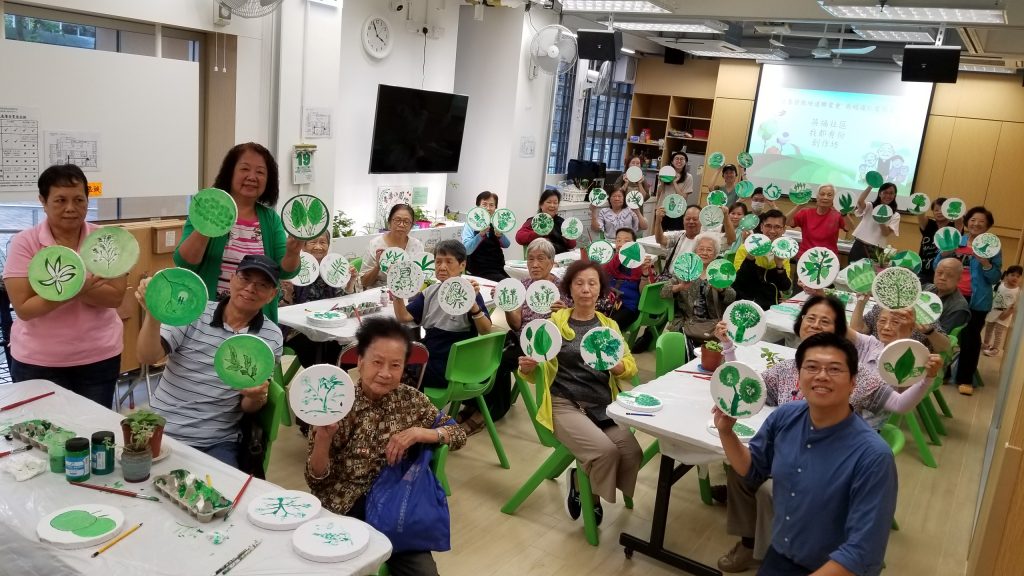
Diversifying revenue streams, staying abreast of market trends
[Innovation]
Another typical challenge faced by SMEs is that they are constrained by limited capital bases. Tony is also highly aware that insufficient capital could lead to cash flow problems, especially when architectural projects usually span across longer timeframe — aforementioned Jockey Club – The Conservancy Association Urban Forestry Green Hub project spanned 3.5 years in total. If the company had merely focused on a few large-scale long-term projects during this period, it would have easily fallen into the crisis of cash flow shortfall. Hence TiP has been branching out, such as providing consultancy services for different organisations. Meanwhile they also take on short-term projects, taking the rough with the smooth to establish a capital reserve for strengthening business resilience.
Tony is also keen on furthering his studies to enrich his understanding of the emerging trends in green architecture. Tony had enrolled in a course offered by Global Reporting Initiative (GRI), to learn the specifications and frameworks of sustainability reports. He also spared his time to write reports for voluntary sustainability disclosure. The CDP, or formerly known as Carbon Disclosure Project, he had participated in set an example for other SMEs of the industry. Collecting data of carbon emissions, analysing the data, and writing reports may not necessarily generate immediate and tangible gains for the company, but Tony insisted on devoting time on these. He explained, “This is sort of a long-term investment. Later when we have to promote our business, this additional facet could profoundly demonstrate the difference between our company and others in the same industry. Being prepared in advance would save us from struggling to catch up in future.”
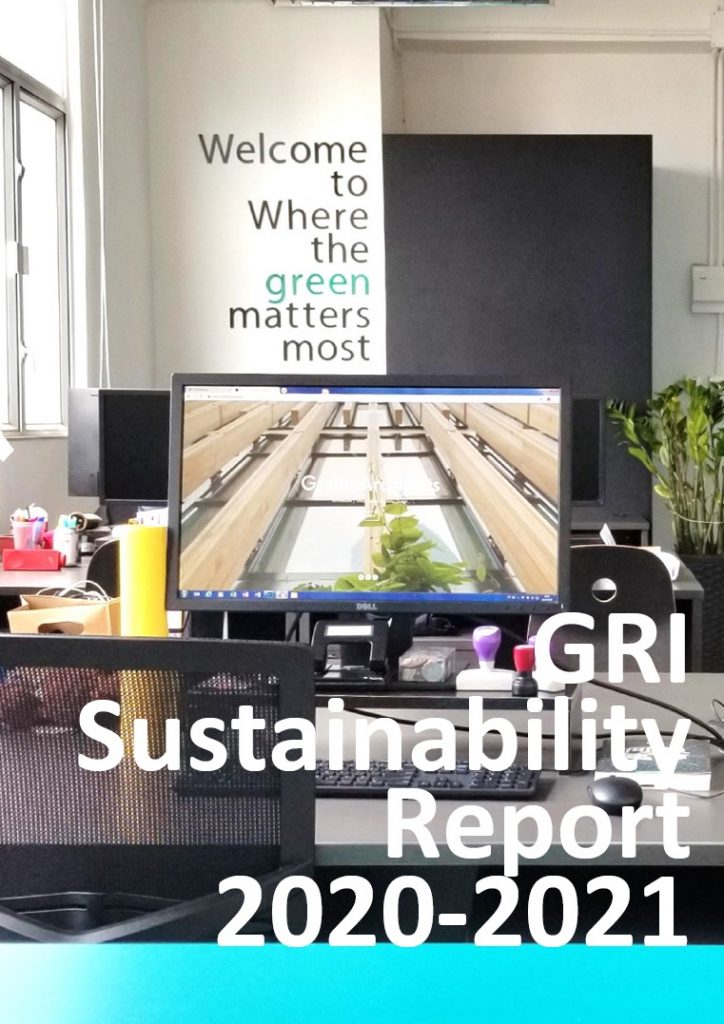
Building a Company Philosophy from the Inside-out
[Workplace culture]
Stepping into the office of TiP, the first thing that came in sight was the massive green wall on the left of the entrance. Using living plants for the aesthetics of the office clearly defines their culture. Despite the fact that there are merely 16 employees in the company, the advantage of having a small team is that it makes communication easier, which fosters streamlined decision-making and a shared sense of purpose and vision. The company takes the initiative to offer internal training, and actively instils the business objective for being environmentally friendly in employees’ minds. When employees’ values align with the company’s philosophy, internal resistance to company’s policy implementation will be greatly reduced. Peers have lunch together more than often, interaction during off work hours brings each other closer. The culture of affinity, easy relationships and relaxing work environment are vibes SMEs could establish rather easily.
Under the influence of the pandemic and global climate change, green architecture would undoubtedly be the rising trend in the coming 10 to 20 years. In recent years large enterprises, organisations and governments worldwide have begun to incorporate green architectural elements into their design norms. Although green architecture has yet to become mainstream, it will certainly rise to the forefront in the foreseeable future. TiP, as an SME, has been able to leverage the flexibility of small companies. Through proactive collaboration with NGOs, the company has established its brand and reputation. Avoiding the procedural hurdles often faced by large companies, TiP is able to devote fully to their projects, while preparing themselves to gain a foothold in emerging markets. Their experience serves as a valuable model for the peers in the industry.
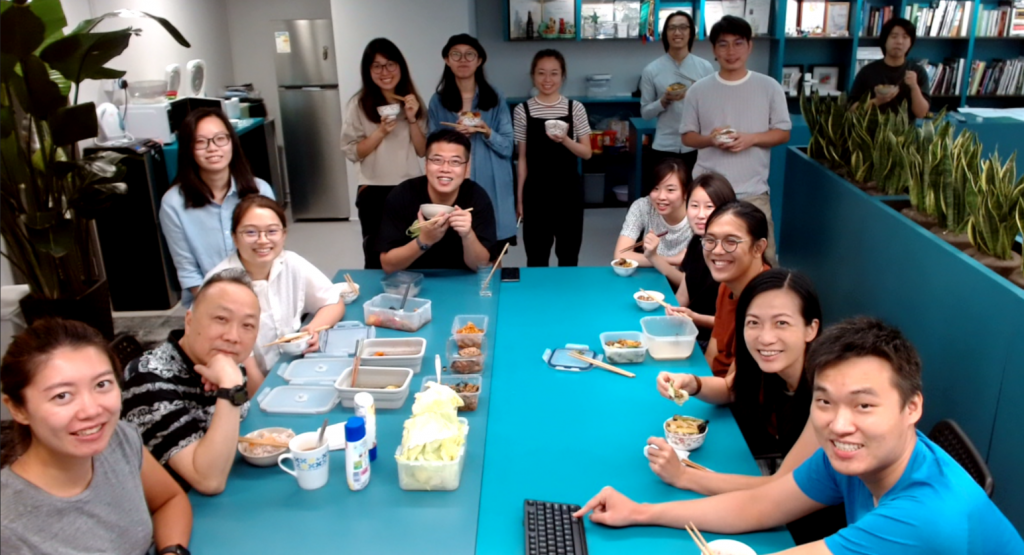
In 2022, TiP received the Gold Award of HSBC Living Business Awards (Goal 9: Industry, Innovation and Infrastructure). The Living Business Awards was established in 2004 and organised by HSBC. Partner organisations include The Hong Kong Council of Social Service, Business Environment Council Limited, and Policy for Sustainability Lab (under the Centre for Civil Society and Governance at The University of Hong Kong). The Living Business Awards aims to promote and encourage local SMEs to integrate ESGs and the SDGs into their daily operations, thereby enhancing their competitiveness and productivity.



